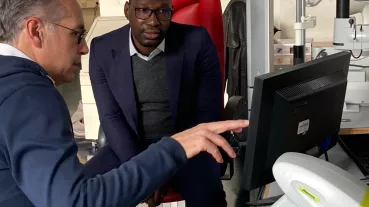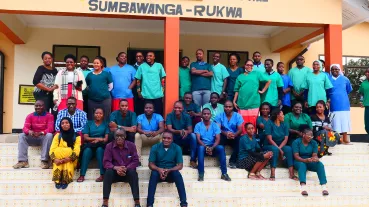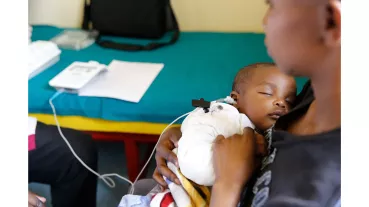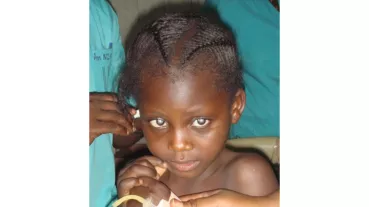Ensuring School Eye Health (SEH) for rural communities in Ethiopia

Situation:
Ethiopia has one of the world’s highest rates of blindness and low vision. Uncorrected Refractive Error (URE) is the leading cause of visual impairment after cataract in Ethiopia. There is currently no national programme for screening children and eye health services remain limited to urban areas. URE is causing many children to become unnecessarily visually impaired across Ethiopia.
Objectives:
Our goal is to reduce visual impairment in school-age children, so they have improved academic outcomes and enhanced health and well-being. We will do this by: Training teachers in basic screening techniques and referrals; Conducting Optometrist led Mobile Eye Clinics in schools; Ensuring a referral pathway for onward care; Ensuring a sustainable supply of quality glasses; Submitting national guidelines to ensure SEH is integrated into existing government School health policies.
- Percentage of children given eyeglasses whose school performance improved
- Percentage of children given glasses whose school attendance improved
- Percentage of children and teachers with improved eye health awareness
- No. of teachers trained to conduct eye screening
- No. of Health Extension workers trained to reach out-of-school children
- No. of children screened for eye problems
- No. of children who fail eye screening and need examination and refraction by Mobile Eye Clinic
- No. of children with significant Refractive Error who need corrective eyeglasses
- No. of school children who received eyeglasses who continue to wear them.
- No. of children referred who are treated for more complex eye health needs
- National Guidelines developed and presented for adoption under School Health and Nutrition Programme.
Our long-term objective for all our programmes is for the systems, services, and resources we provide through our partners and donors to be locally owned and run in the long term. We work with local professional associations, public health, health post, and education systems from up to bottom. Following this three-year programme, we intend to have gathered more evidence of the impact of our approach to present to the government along with Draft guidelines for School Eye Health to be integrated into their School Health and Nutrition plan. We will also conduct a scalability assessment to better understand the road map for scale up of services in the Ethiopian context.
The innovation in this project lies in its simplicity of using the existing systems and structures within the health and education system to deliver much-needed services to children. Teachers are trained to screen the children in their school, and mobile eye clinics then visit the schools to do full eye examinations on those children that failed the screening. The project will use “ready to clip” frames and lenses to meet the needs of the majority of children that need vision correction, offering various powers, styles and colours which can be fitted in the field by the mobile clinic team. This keeps costs low and reduces time needed by the eye health team as it reduces the number of repeat visits to the schools. Those that need bespoke glasses will have them made at the vision centre in the nearby town, and serious eye conditions will be referred to the hospital, demonstrating the full continuum of care. We will use evidence and learning generated through the project to support the government to scale up the school eye health programme nationwide through the School Health and Nutrition (SHN) programme, including exploring innovative technology to improve the efficiency of the current paper-based documentation.




